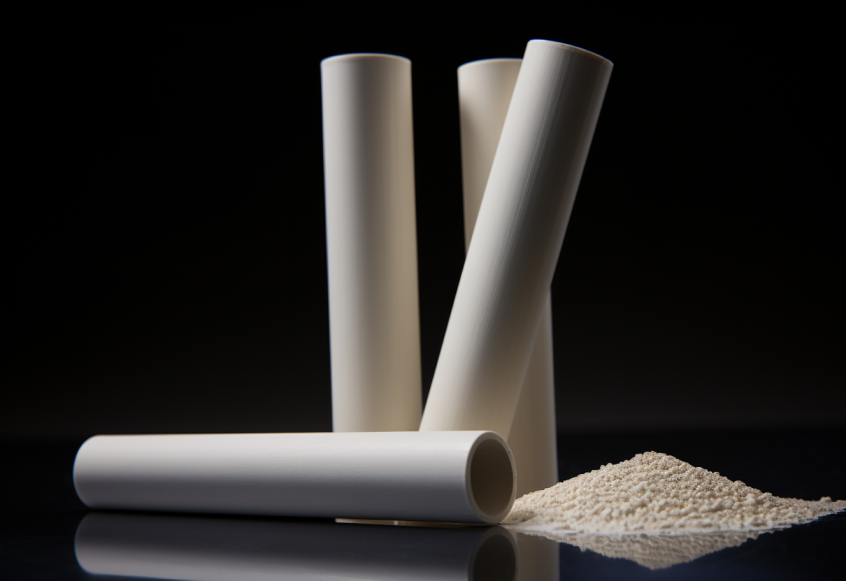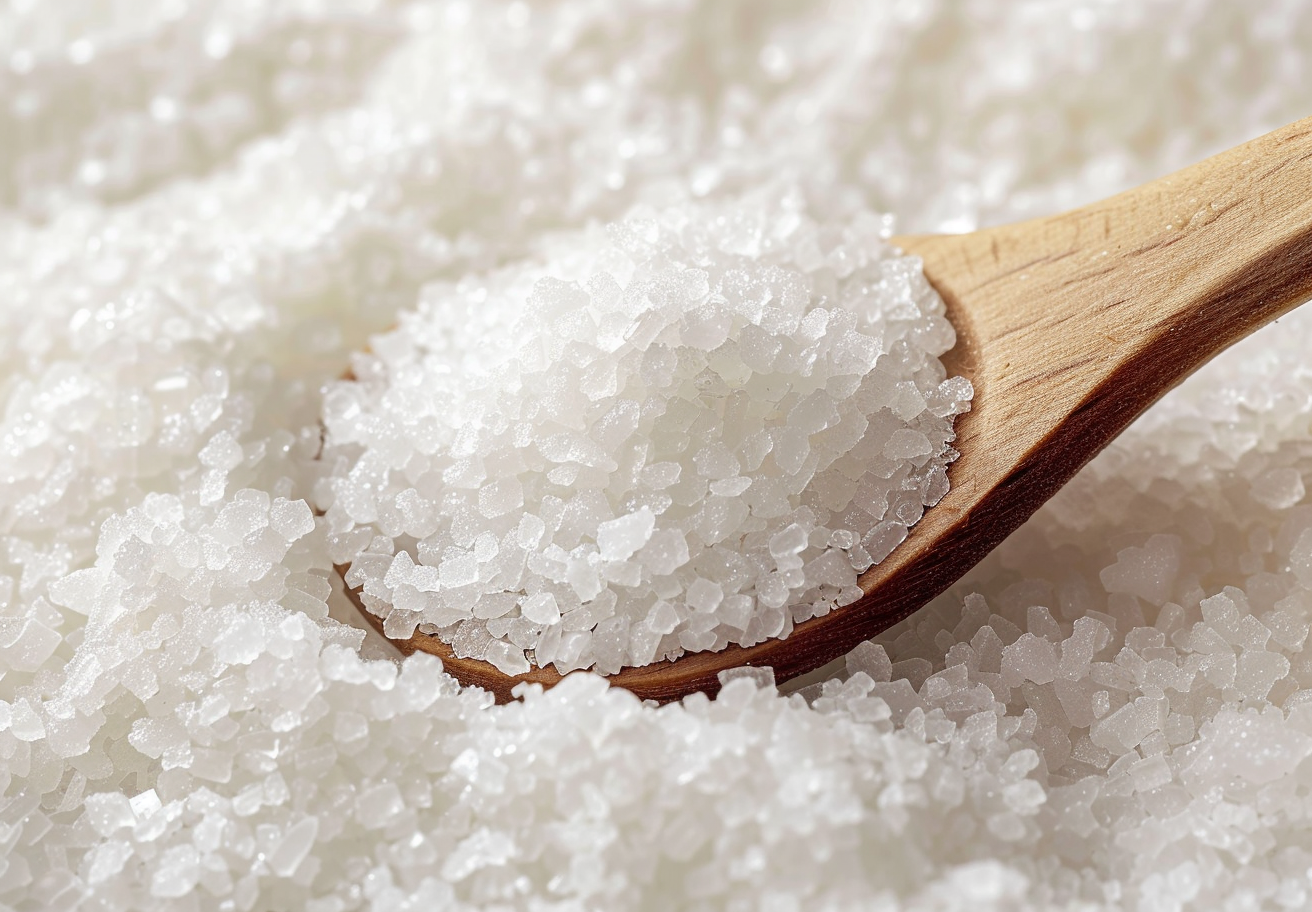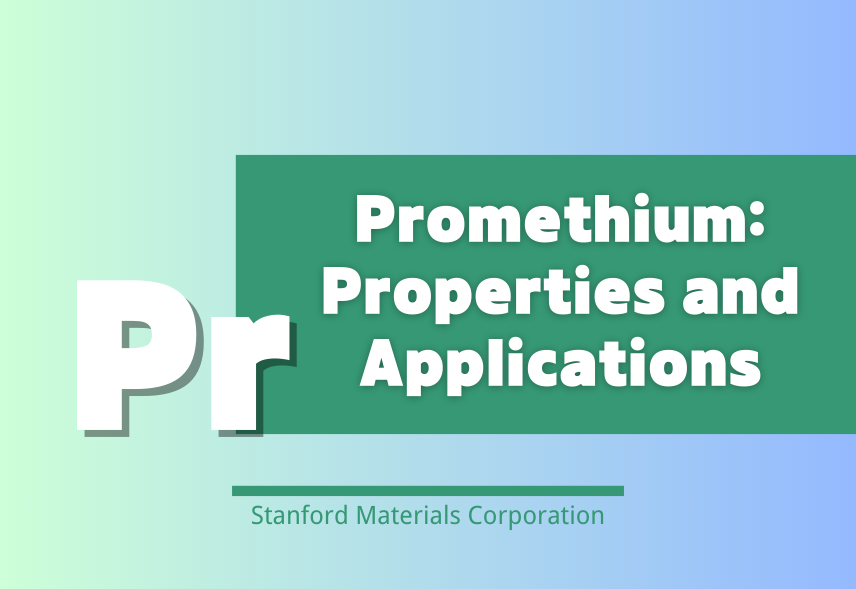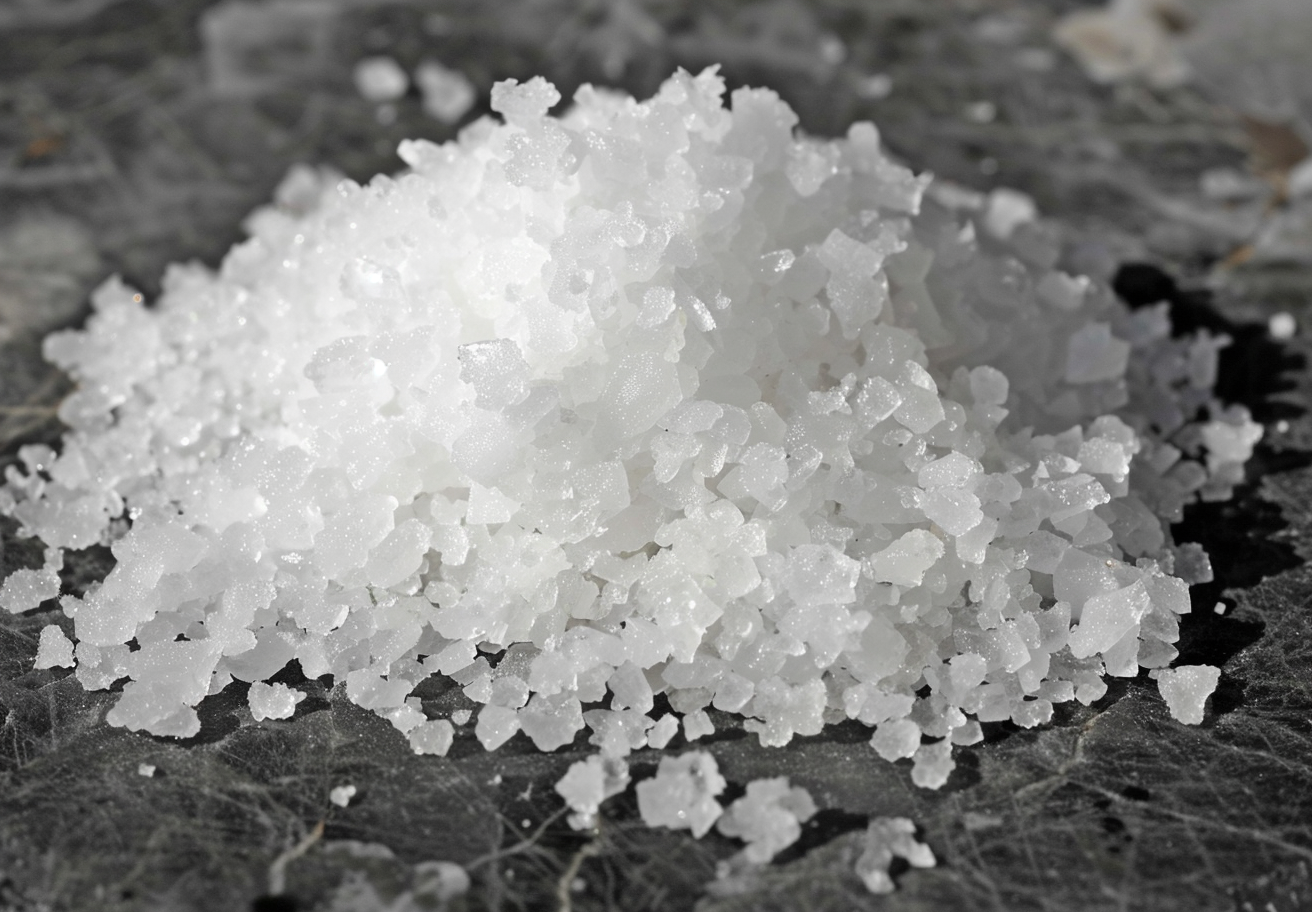
High-temperature ceramics are the unsung heroes behind many industrial processes and cutting-edge technologies. These materials must withstand extreme conditions, making their properties and composition critical for success. Ytterbium oxide often denoted as Yb2O3, plays a pivotal role in enhancing the performance of high-temperature ceramics. This article delves into the unique properties and diverse applications of Yb2O3 in the realm of high-temperature ceramics.
Yb2O3 is a chemical compound comprised of ytterbium and oxygen. It possesses a series of remarkable properties that make it a valuable addition to high-temperature ceramics. Some of these key characteristics include:

Yb2O3 is strategically employed in various applications where high-temperature ceramics are the material of choice. Here are some of the key areas where Yb2O3 plays a significant role:
Yb2O3, with its high melting point, thermal stability, and chemical inertness, is a vital component in high-temperature ceramics. Its role in refractory materials, insulating ceramics, protective coatings, cutting tools, and semiconductor manufacturing is pivotal for enabling the safe and efficient operation of various industries. High-temperature ceramics with Yb2O3 content continue to shape the way we approach extreme temperature applications, driving innovation and progress in multiple fields.
For more information about ytterbium oxide materials and other rare earth oxides, please visit www.stanfordmaterials.com.
Eric Loewen
Eric Loewen graduated from the University of Illinois studying applied chemistry. His educational background gives him a broad base from which to approach many topics. He has been working with topics about advanced materials for over 5 years at Stanford Materials Corporation (SMC). His main purpose in writing these articles is to provide a free, yet quality resource for readers. He welcomes feedback on typos, errors, or differences in opinion that readers come across.

 Inquiry List
Inquiry List


